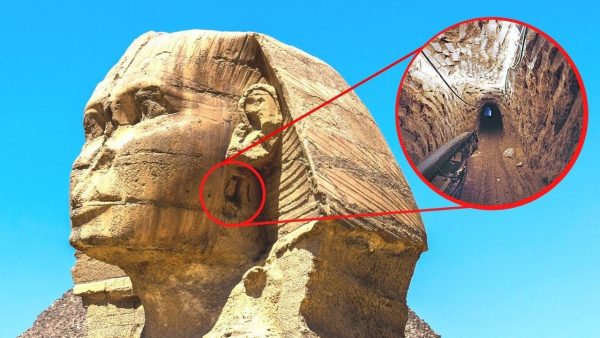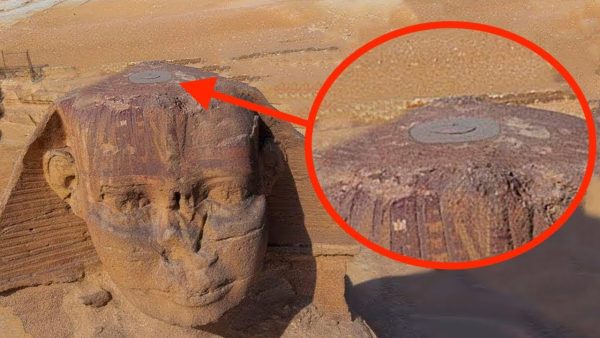The Pacific Ocean, Earth’s largest and deepest expanse of water, plays a crucial role in maintaining the planet’s ecological balance.

Spanning more than 63 million square miles, this immense body of water is home to a diverse array of marine life and ecosystems. From the vibrant coral reefs teeming with colorful fish to the open ocean where majestic whales roam, the Pacific is a treasure trove of biodiversity.
However, this vast ecosystem is facing a myriad of threats that jeopardize its health and resilience. One of the most pressing issues is plastic pollution. The Pacific Ocean is plagued by enormous garbage patches, the most infamous being the Great Pacific Garbage Patch, a floating mass of debris estimated to be twice the size of Texas.

This patch, located between Hawaii and California, is a stark reminder of the human impact on the environment. Discarded plastic items, from single-use bottles to abandoned fishing nets, find their way into the ocean, posing a grave threat to marine life.
Overfishing is another critical concern. As demand for seafood continues to rise, commercial fishing operations often engage in unsustainable practices that deplete fish populations and disrupt the delicate balance of marine ecosystems.
The Pacific Ocean, once teeming with marine life, is now facing the depletion of key species, leading to cascading effects throughout the food web.

Climate change adds another layer of complexity to the challenges facing the Pacific. Rising sea temperatures and ocean acidification, driven by increased carbon dioxide levels, pose severe risks to coral reefs and marine species.
Coral bleaching events, where corals expel the symbiotic algae that provide them with nutrients, are becoming more frequent, leaving once-vibrant reefs barren and lifeless.
The impact of these environmental stressors extends beyond marine life; it affects the livelihoods of coastal communities that depend on the ocean for sustenance and economic activities.

Indigenous peoples, in particular, have deep connections to the Pacific and rely on its resources for cultural practices and traditional ways of life. The degradation of the ocean ecosystem threatens not only biodiversity but also the well-being of these communities.
International collaboration is essential to address the challenges facing the Pacific Ocean. Governments, NGOs, and the private sector must work together to implement effective policies and initiatives that promote sustainable fishing practices, reduce plastic pollution, and mitigate the impacts of climate change.

The United Nations’ Sustainable Development Goal 14, which focuses on conserving and sustainably using the oceans, seas, and marine resources, provides a framework for global action.





